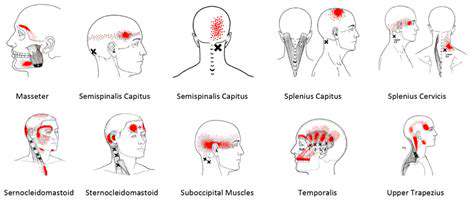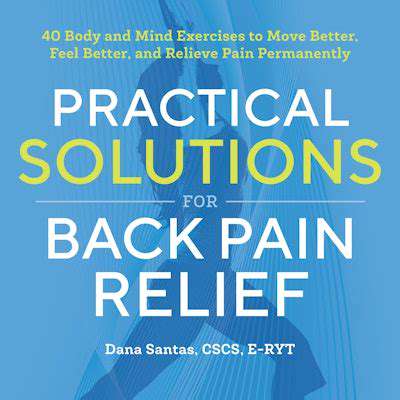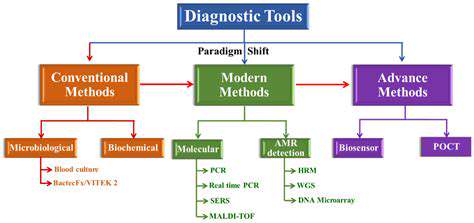Exercise Induced Migraines: Prevention and Management
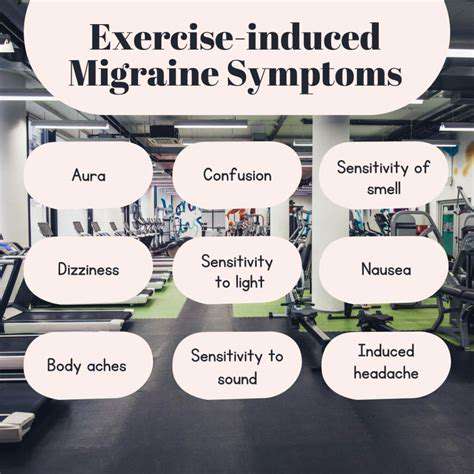
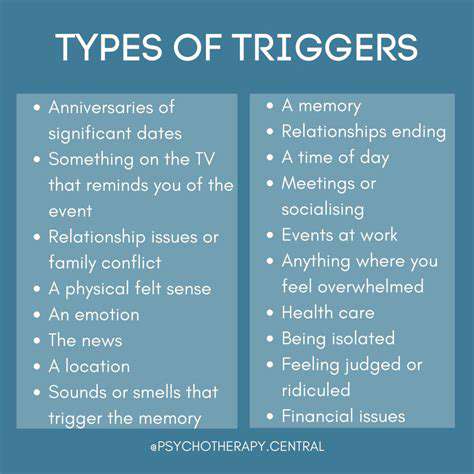
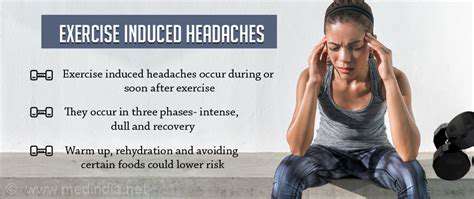
Lifestyle Adjustments for Long-Term Management
Understanding the Triggers
Identifying the specific activities or situations that trigger your exercise-induced migraines is crucial for prevention. Keeping a detailed log of your workouts, including the type of exercise, intensity, duration, and any environmental factors like weather or time of day, can help you pinpoint patterns. This systematic approach allows you to understand the circumstances that precede your migraines, enabling you to make informed decisions about adjusting your exercise routine.
Common triggers can range from dehydration to overexertion. Pay close attention to how your body feels during and after exercise. Note any symptoms that appear before, during, or after a migraine, such as fatigue, stiffness, or changes in vision. Recognizing these triggers empowers you to proactively adjust your approach to exercise and potentially avoid future migraines.
Hydration Strategies
Adequate hydration is paramount for overall health and especially crucial for preventing exercise-induced migraines. Drinking plenty of water before, during, and after exercise is essential to maintain optimal blood volume and prevent dehydration, a significant migraine trigger. Carry a water bottle with you during workouts and sip on it regularly, even if you don't feel thirsty. Electrolyte drinks, particularly those containing sodium, can also be beneficial, especially in intense or prolonged workouts.
Pay attention to your urine color. Pale yellow urine indicates sufficient hydration. Darker yellow suggests you need to increase your fluid intake. By consistently monitoring your hydration levels, you can effectively reduce the risk of exercise-induced migraines.
Dietary Considerations
Maintaining a balanced diet plays a vital role in overall well-being and can influence the frequency and severity of exercise-induced migraines. Consuming regular meals and snacks rich in essential nutrients can help stabilize blood sugar levels, preventing fluctuations that might trigger migraines. Include foods rich in complex carbohydrates, lean proteins, and healthy fats in your daily diet.
Be mindful of foods that might trigger migraines in general, even if you don't exercise. These triggers can vary from person to person, so keeping a food diary can help you identify potential culprits. By understanding your individual dietary sensitivities, you can make necessary adjustments to your diet to minimize migraine triggers.
Modifying Exercise Intensity and Duration
Gradually increasing the intensity and duration of your workouts is crucial for preventing exercise-induced migraines. Pushing your body too hard, too quickly, can strain your body and trigger a migraine. Start with shorter durations and lower intensities, gradually increasing them over time as your body adapts.
Listen to your body's signals. If you experience any symptoms of a migraine coming on, stop exercising immediately. Resting and addressing the symptoms can prevent the migraine from escalating.
Warm-up and Cool-down Routines
Consistent warm-up and cool-down routines are essential for preparing your body for exercise and promoting recovery. Warm-up exercises increase blood flow to your muscles, preparing them for the demands of the workout, helping to prevent muscle strain or spasms that might trigger a migraine.
Cool-down exercises gradually decrease heart rate and blood flow, aiding in the recovery process. They help in the dissipation of lactic acid and other metabolic byproducts that accumulate during exercise, reducing the risk of post-exercise migraines.
Stress Management Techniques
Stress is a known migraine trigger. Finding healthy ways to manage stress can significantly reduce the likelihood of exercise-induced migraines. Incorporating stress-reduction techniques, such as deep breathing exercises, yoga, or meditation, into your daily routine can help regulate your nervous system and reduce the sensitivity to triggers.
Stress management is not only important during periods of exercise, but also in your daily life. By developing healthy coping mechanisms for stress, you can create a more balanced environment for both physical activity and overall well-being, potentially minimizing the risk of migraines.
Seeking Professional Guidance
If you experience frequent or severe exercise-induced migraines, consulting a healthcare professional is crucial. They can help identify underlying causes, recommend specific strategies, and provide tailored advice for managing your condition.
A healthcare professional can assess your individual needs and recommend appropriate lifestyle adjustments, dietary modifications, and exercise regimens to effectively manage exercise-induced migraines. They can also rule out any underlying medical conditions that might be contributing to your migraines.





